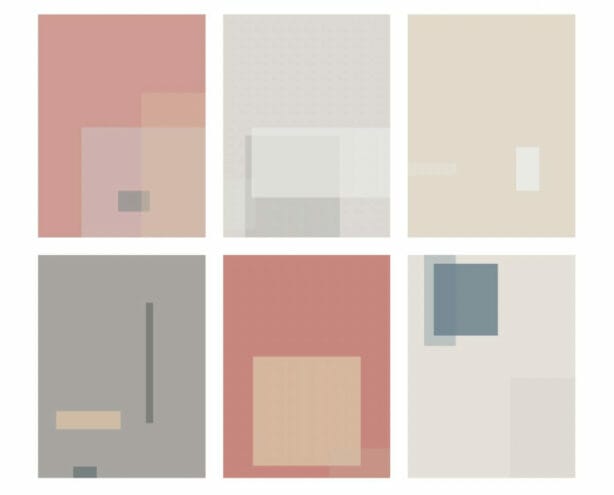Joey Roth has spent the past ten years designing meticulous vessels like Osma, a device that brews what Roth considers the perfect cup of coffee – cold espresso extracted using acoustic cavitation to capture the widest range of flavors. Exacting as the end result may seem, he believes his materials’ inherent randomness is essential to the design process.
“Randomness is the material’s voice,” he said. “A perfectly predictable, compliant, and deterministic material isn’t a material at all.”
Though Roth’s tangible work is often created with technologies like CAD modeling, 3D printing, and AR demos, those digital tools have only played a supporting role to the physical products themselves.
This, Roth explained, is because digital design typically lacks materiality, which he considers an essential blend of “patina, randomness, and scarcity.”
Aware of blockchain since its inception, Roth didn’t begin to consider blockchain as a medium for art and design until the rise of NFTs connected to organic, real-world phenomena through Chainlink VRF (Verifiable Random Function).
“I’ve never been satisfied to stop at a digital representation of an art or design idea – it needed to have a dialog with the material in order to be complete,” Roth said. “The immutability of the blockchain combined with the non-deterministic randomness of VRF closes the loop and gives digital art a materiality on par with physical works.”
Integrating Chainlink VRF allowed Roth and his team to work with a fundamentally new design material that combines the speed and flexibility of digital technology with the randomness and rarity of the physical world.
Vector Field is Roth’s first exploration of blockchain as a material. Each of the 300 available Vector Field canvases uses Chainlink VRF to mint a minimalist digital art piece that stems organically from on-chain randomness in conversation with the artist’s intention.
Roth said Chainlink VRF is the key that unlocks the materiality of digital art. “They use physical quantum phenomena, like thermal decay, that is non-deterministic, meaning it can’t be reconstructed from an initial state,” he explained. “Whatever the sampled physical phenomena, VRF injects the bottomless randomness of physical, subatomic reality into the Solidity contract and thus into the on-chain art.”
Each Vector Field NFT is encoded directly onto the Ethereum blockchain and its visual SVG code is human-readable and reproducible through non-technical means, such as drawing and painting, using a grid system similar to Sol LeWitt’s Wall Drawings. “In this way, the ‘work’ is ultimately the SVG instructions rather than the rendering itself,” Roth said.
In his view, blockchain as an artistic medium offers limitless possibilities, but artists are still wrapping their heads around the new paradigm. “Throughout history, it’s taken art a bit of time to digest and fully make use of new technology to reinvent itself,” he said.
But Roth, whose next project is creating an on-chain hedge fund as art piece, can already envision the future.
“The fusion of art, identity, public and private goods will be incredible. I want to see what AR sculpture becomes. I want to see dynamic NFTs that change visually based on the real-time emotional states of the community of holders. NFTs as a bridge from physical to non-physical spaces will also be an area of intense artistic innovation.”
To learn more about Vector Field, visit their website, Twitter, and Discord.


